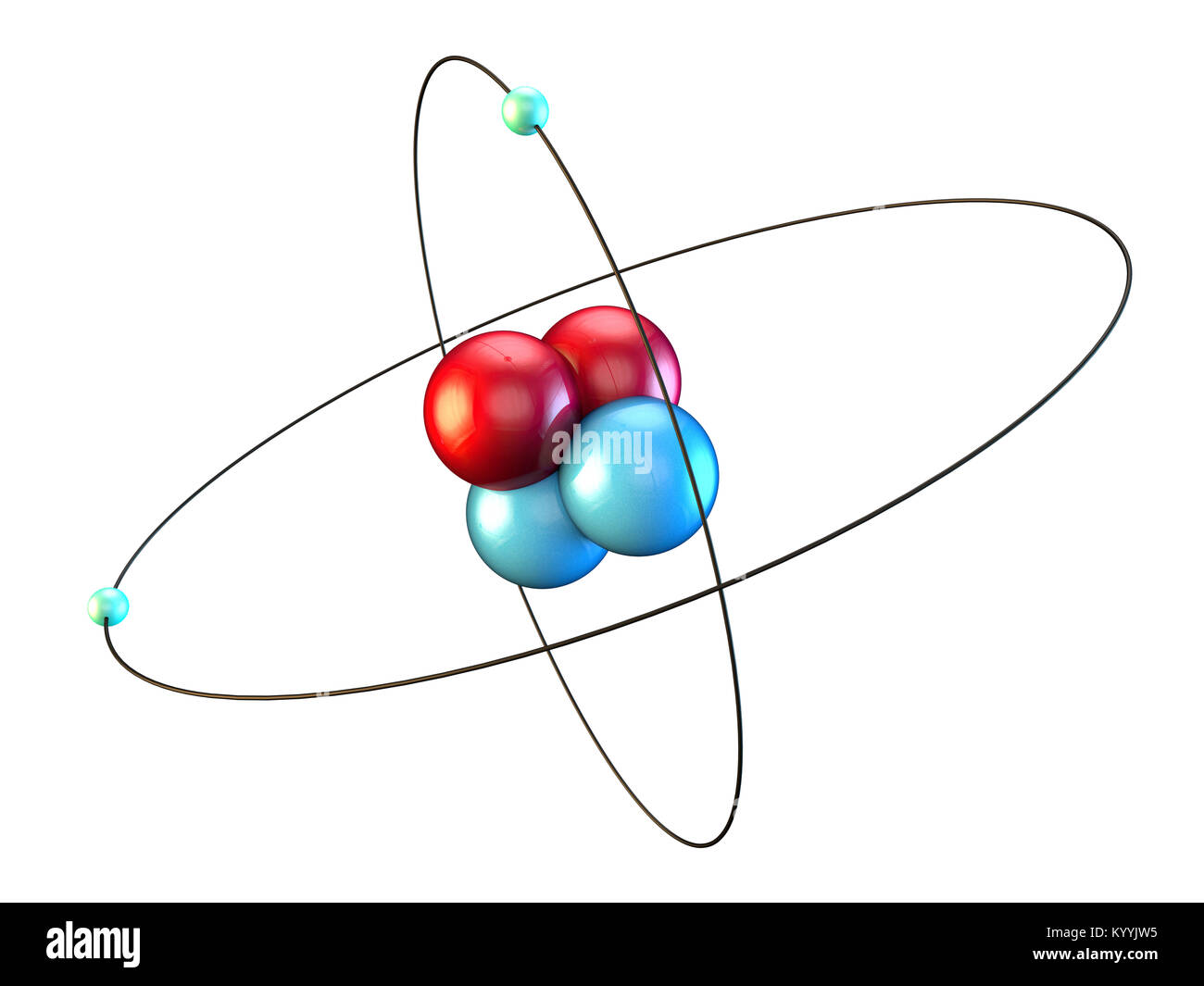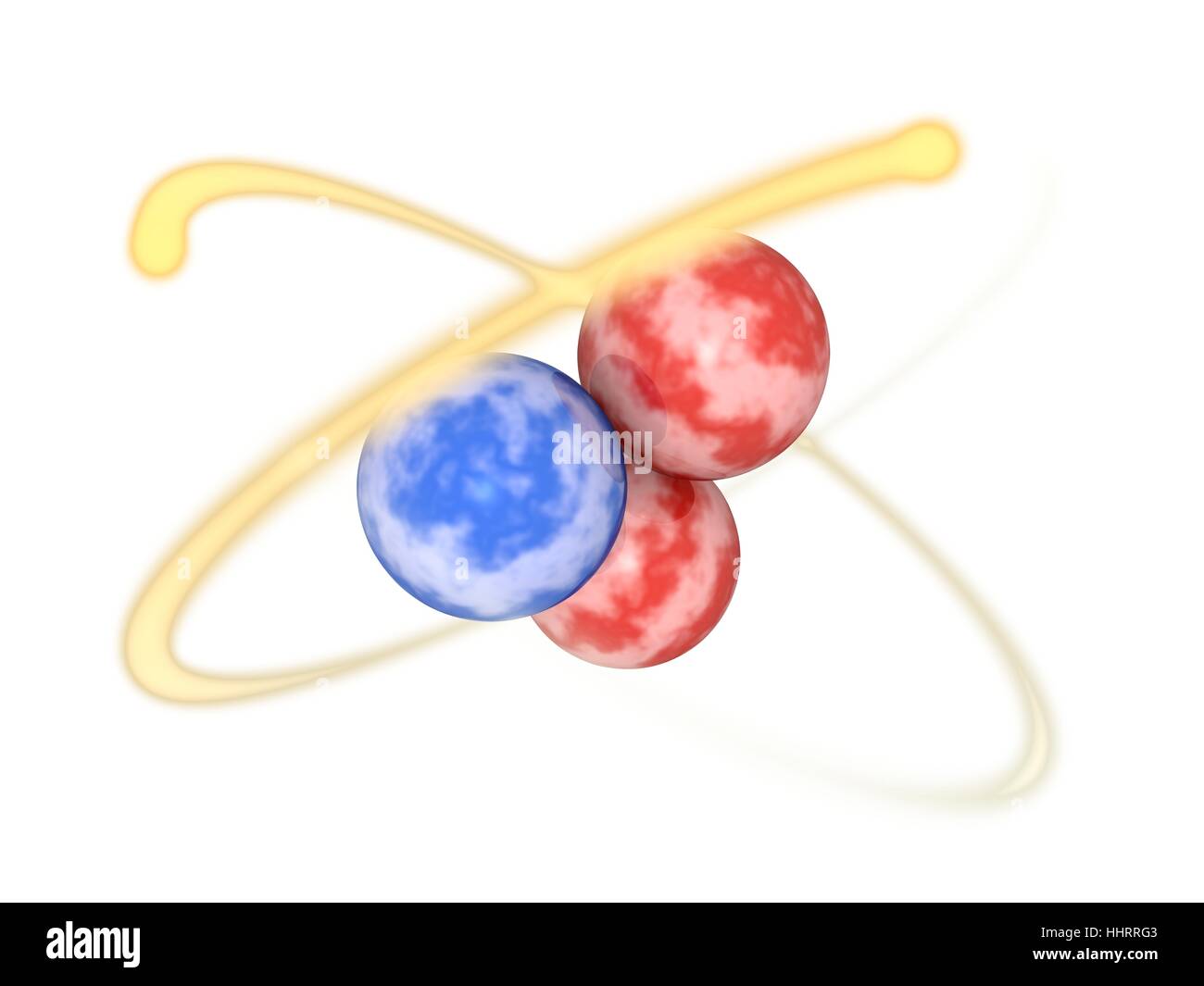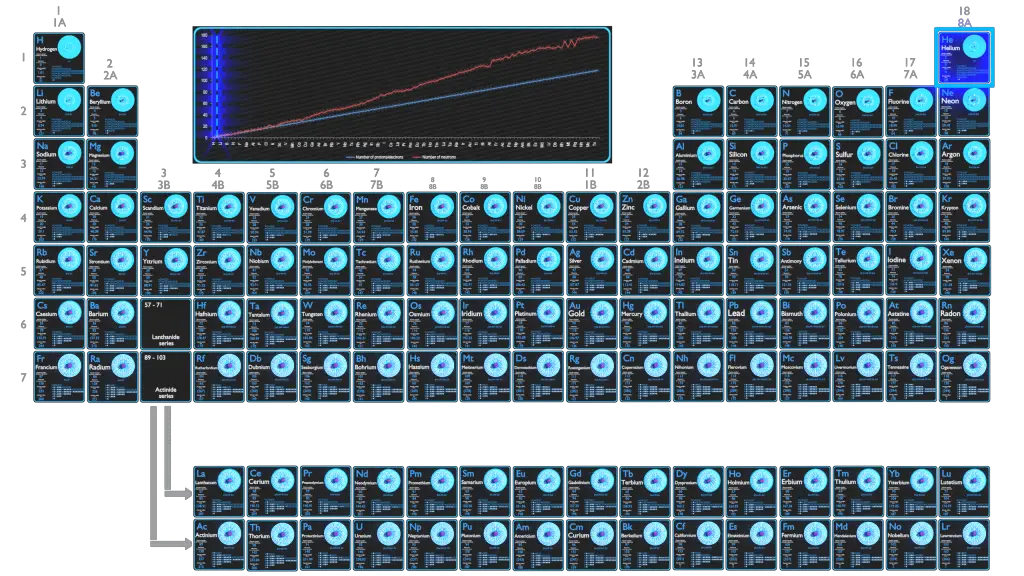

The ATLAS group working with the heavy-ion group to optimize the helium-6 production, accelerated a beam of lithium-7 ions into a graphite (carbon) target.

The first step in conducting these high-precision measurements began with producing and extracting helium-6. Physicists from across the world use this DOE national collaborative research facility to probe the structure of the atomic nucleus by studying the gamma rays and particles emitted when ion beams smash into targets. ATLAS provides high-precision heavy-ion beams of all elements from hydrogen to uranium at energies as high at 17 million electron volts per nucleon, which is about 15 percent of the speed of light. The accelerator is the Argonne Tandem-Linac Accelerator System. “We do the world's best calculations of nuclear structures starting from the basic forces between neutrons and protons,” Geesaman said, “and with our accelerator, experimental equipment and creative researchers, we are able to make critical tests of the predictions of these calculations. Led by Ernst Rehm and Zheng-Tian Lu, the collaboration brought together the Physics Division's expertise in nuclear structure theory, nuclear reaction, accelerator and atomic physics. Department of Energy's Office of Nuclear Physics. To experimentally determine the correct prediction required the combined resources of the Physics Division in another Borromean effort. From those measurements, physicists learned that the isotope's nucleus is much larger than that of helium-4 - regular party-balloon helium, which doesn't have the extra pair of neutrons in orbit around the alpha particle - although they couldn't pin down the size of the helium-6 nucleus precisely enough to distinguish among various theoretical predictions. Measurements of helium-6 were made in the 1980s and 1990s, some by Isao Tanahata, now a visiting scientist in Argonne's Physics Division. * The isotope lasts about one second - that's almost forever on the timescale of nuclear forces.

* It is a sufficiently small system that accurate calculations, with techniques pioneered by Argonne theorists, can be compared to the experimental results, yet sufficiently large that new features of the forces come into play. * Helium-6 is the simplest nucleus with a “halo” - two loosely bound neutrons in an orbit around a compact core formed by two protons and two neutrons, also known as an alpha particle. The helium-6 nucleus is a proving ground for nuclear physicists probing the complex, subtle forces that shape the central core of every atom in the universe because: The goal of Argonne's Physics Division and this research, said Director Don Geesaman, “is to understand the properties of the nucleus at the center of every atom and how these properties affect the origin of matter and the operation of the universe.” The data also offer new insight into how adding neutrons affects the structure and dynamics of nuclei and shed light on the structure of all neutron-rich systems, including neutron stars. The new measurements are so precise that they can be used to determine the accuracy of predictions made by a variety of nuclear structure theories. Physicists use the term to describe the behavior of some atomic nuclei, including helium-6, because if any one constituent is removed, the rest of the nucleus disintegrates. Their symbol was a trio of rings that were intertwined in such a way that removing any of the rings caused the entire structure to fall apart. Borromean refers to the symbol of the medieval princes of Borromeo.


 0 kommentar(er)
0 kommentar(er)
